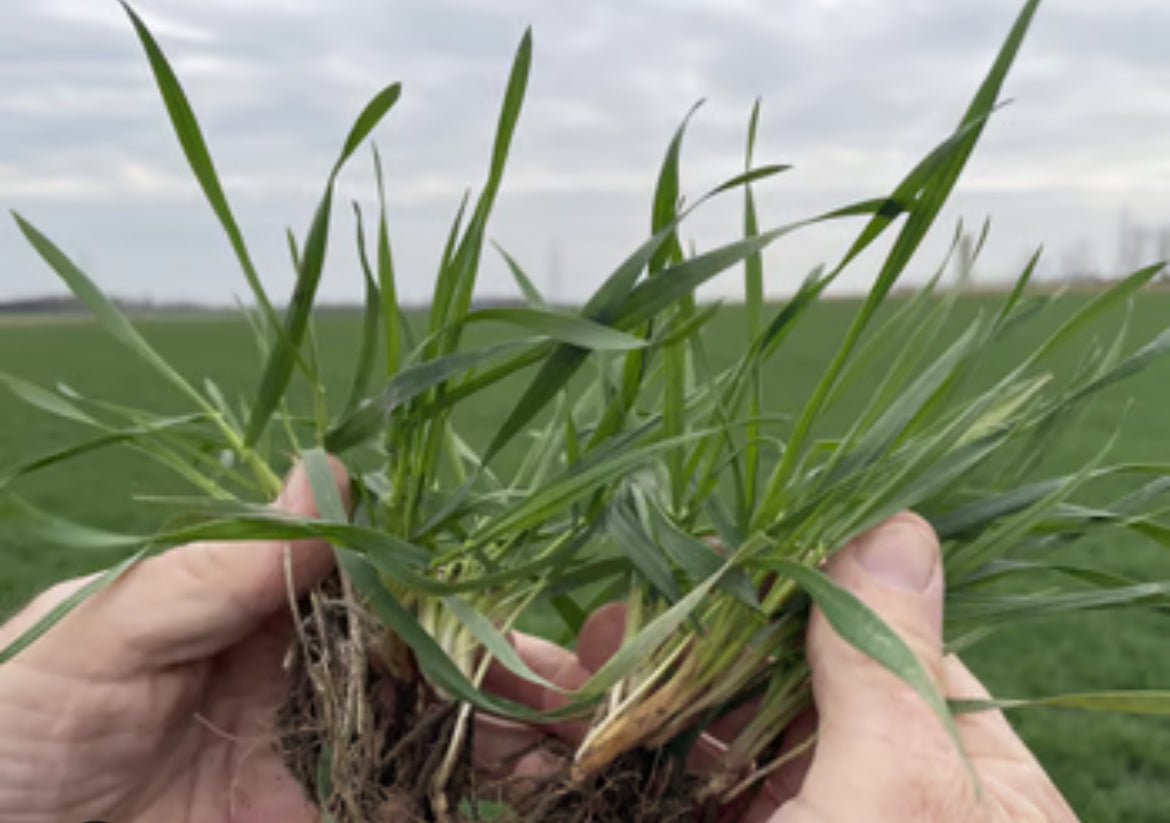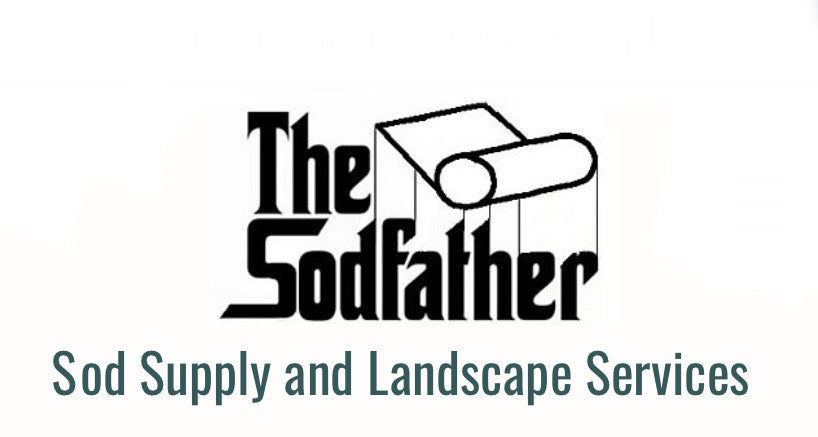
The Impact of Quackgrass and Regional Weeds in Alberta
Weeds are a perennial nuisance for homeowners and landscapers alike, and in Alberta, where the climate and soil conditions can vary dramatically, understanding the impact of regional weeds like quackgrass is essential for maintaining a healthy lawn and surrounding areas. In this article, we'll delve into the negative effects of quackgrass and other native weeds in Alberta, as well as explore how these invasive plants spread.
The Challenge of Quackgrass:
Quackgrass (Elymus repens) is one of the most prevalent and troublesome weeds in Alberta. Its aggressive growth habit and rhizomatous root system make it incredibly challenging to control once established. Quackgrass can quickly invade lawns, gardens, and agricultural fields, outcompeting desirable vegetation and diminishing the aesthetic appeal of outdoor spaces.
Negative Effects on Your Lawn:
The presence of quackgrass and other regional weeds in Alberta can have several detrimental effects on your lawn and surrounding areas:
-
Competitive Growth: Quackgrass competes with desirable grass species for sunlight, water, and nutrients, ultimately weakening the overall health and vigor of your lawn. This can result in thin, patchy areas with reduced turf density and increased susceptibility to pests and diseases.
-
Rhizomatous Spread: Quackgrass spreads rapidly through its extensive rhizomatous root system, which can infiltrate large areas of turf and create dense, tangled mats of vegetation. These underground stems make eradication difficult, as even small fragments can regenerate into new plants.
-
Altered Soil Composition: The aggressive growth of quackgrass can alter the soil composition, leading to soil compaction, reduced water infiltration, and nutrient depletion. This can further exacerbate the growth of weeds and inhibit the establishment of desirable plants.
Spread of Regional Weeds in Alberta:
Understanding how weeds native to Alberta spread is crucial for implementing effective control measures. Several factors contribute to the spread of weeds in the region:
-
Seed Dispersal: Many weeds in Alberta produce copious amounts of seeds that are dispersed by wind, water, animals, and human activity. These seeds can travel significant distances and germinate in new locations, contributing to the proliferation of invasive plants.
-
Rhizome Expansion: Weeds like quackgrass spread underground through rhizomes, which can extend horizontally and vertically, forming dense networks of interconnected roots. Rhizomes facilitate the rapid colonization of new areas, making it challenging to contain the spread of invasive species.
-
Soil Disturbance: Human activities such as construction, landscaping, and agriculture can disturb the soil, inadvertently introducing weed seeds and rhizome fragments into previously weed-free areas. Soil disturbance creates opportunities for weeds to establish and thrive, particularly in disturbed or compacted soils.
Effective Weed Management Strategies:
To mitigate the negative effects of quackgrass and other regional weeds in Alberta, homeowners and landscapers can implement the following weed management strategies:
-
Preventative Measures: Minimize soil disturbance, maintain healthy turf through proper watering and fertilization, and promptly address weed infestations to prevent the spread of invasive plants.
-
Mechanical Control: Regular mowing, hand-pulling, and cultivation can help suppress weed growth and prevent seed production. For rhizomatous weeds like quackgrass, digging out roots and rhizomes may be necessary to prevent regrowth.
-
Chemical Control: Herbicides can be effective tools for controlling weeds in Alberta, but they should be used judiciously and in accordance with label instructions to minimize environmental impact and ensure safety.
In conclusion, the impact of quackgrass and other regional weeds in Alberta can be significant, affecting the health and appearance of lawns and surrounding areas. By understanding how these weeds spread and implementing effective weed management strategies, homeowners and landscapers can minimize their negative effects and maintain beautiful, weed-free outdoor spaces.
